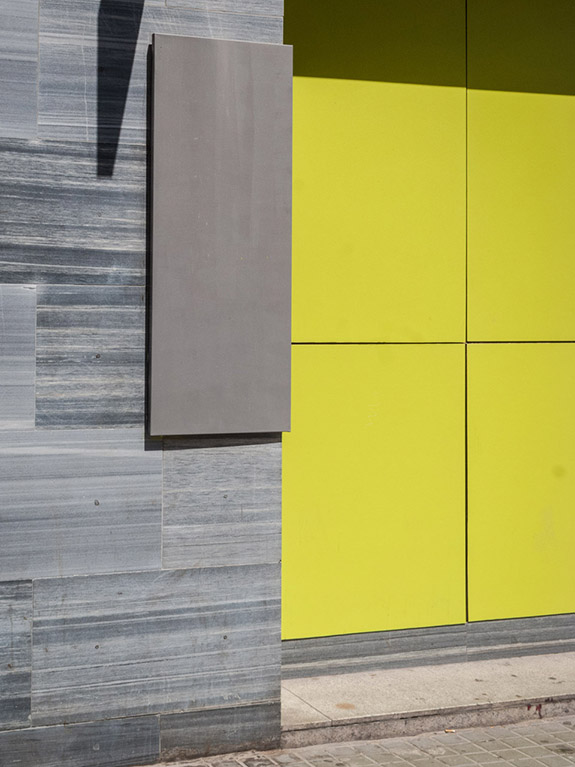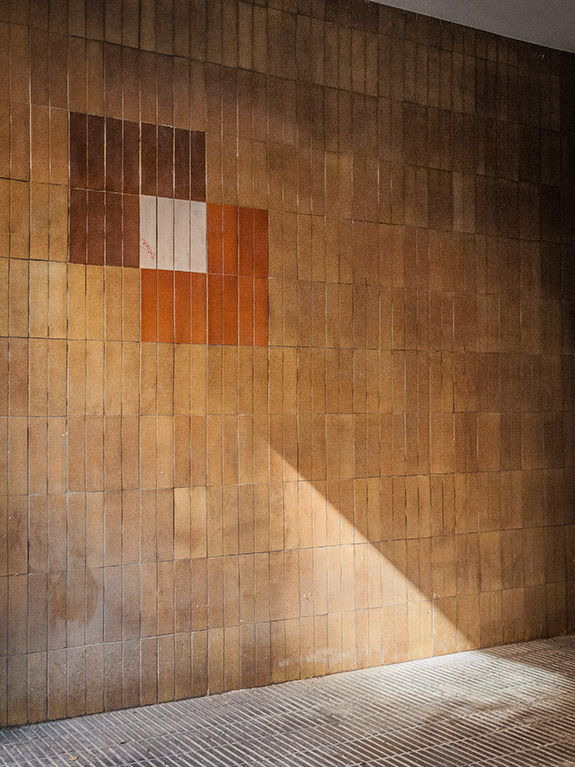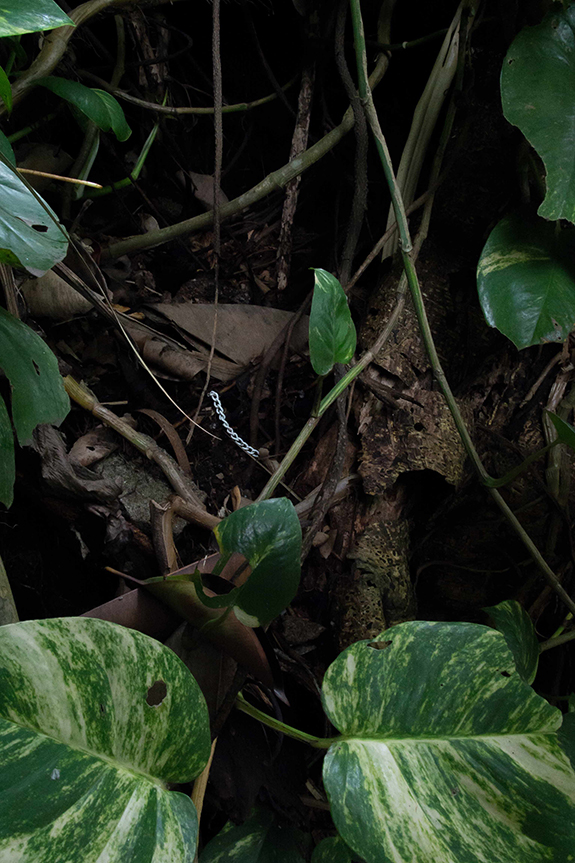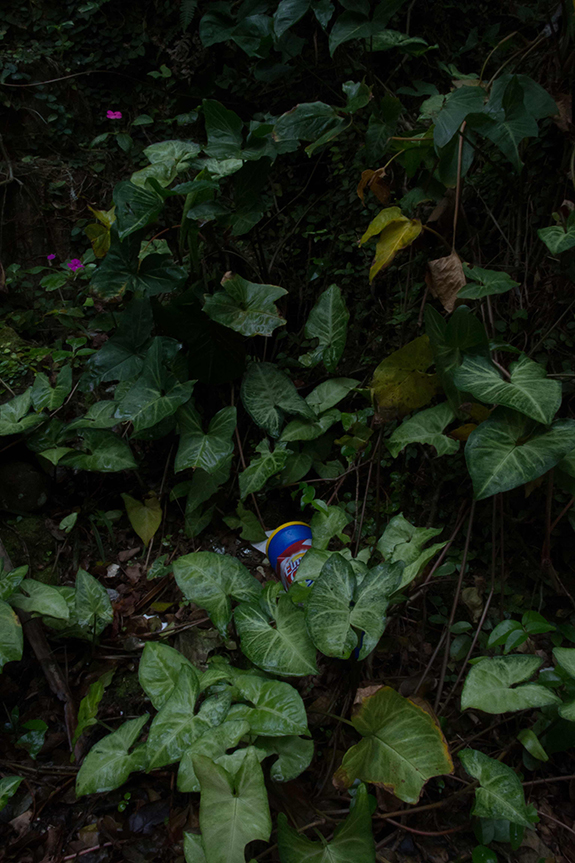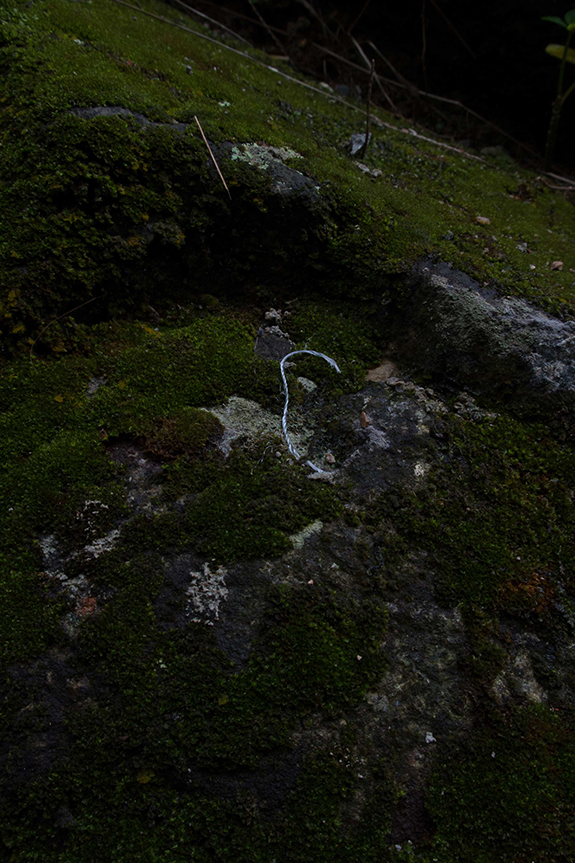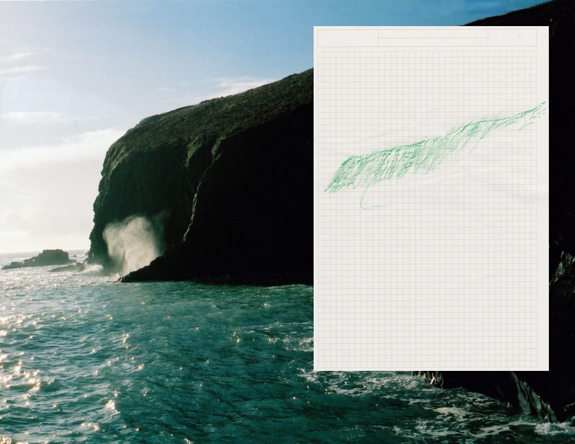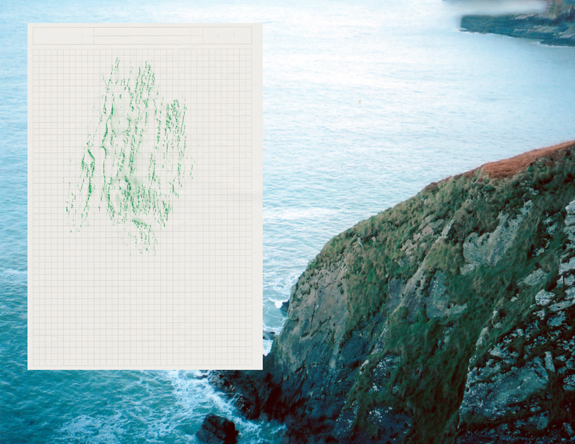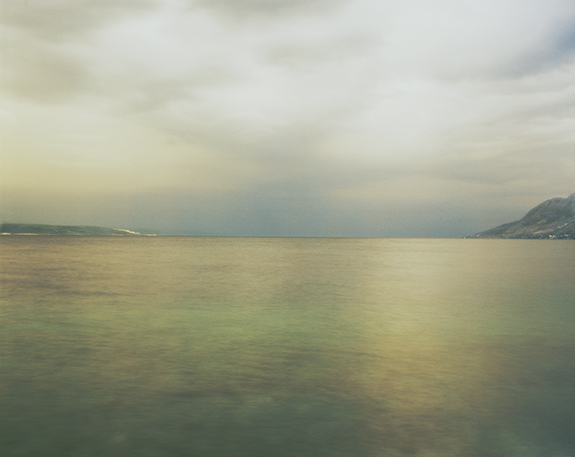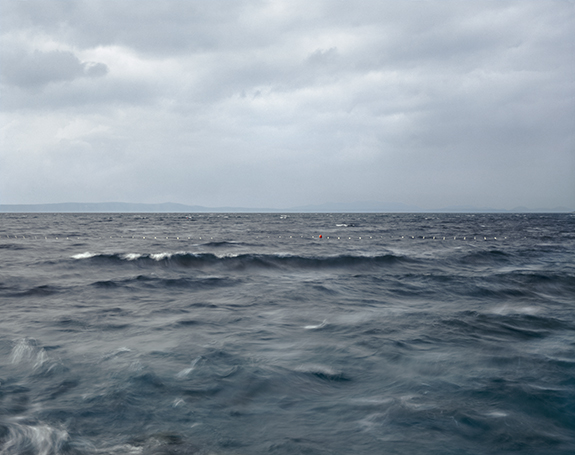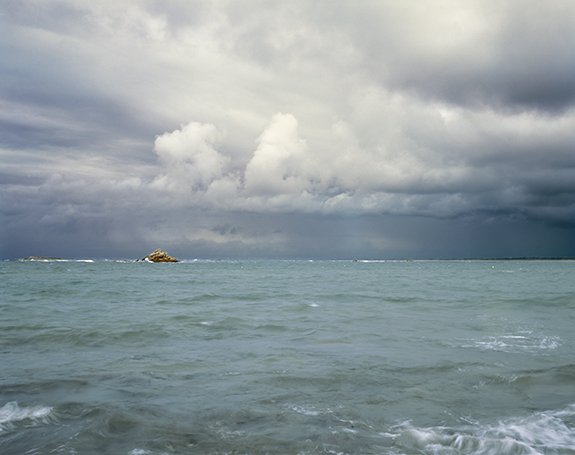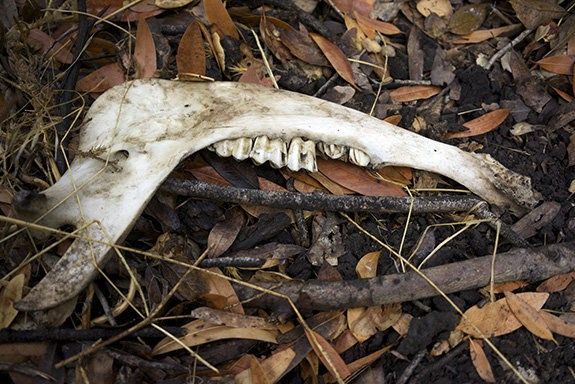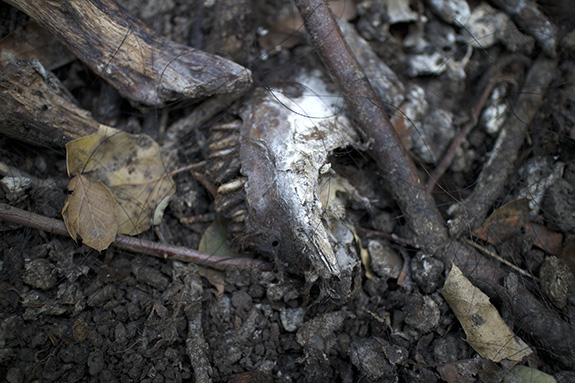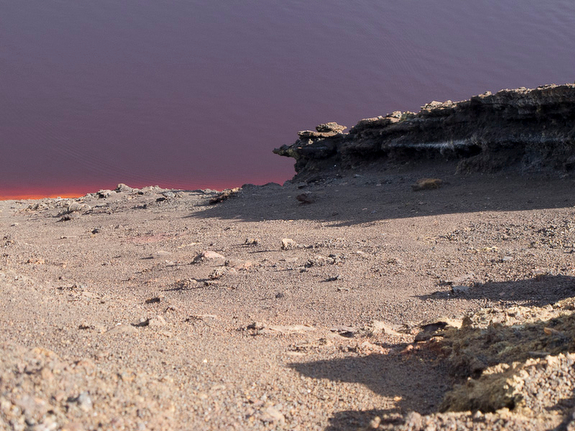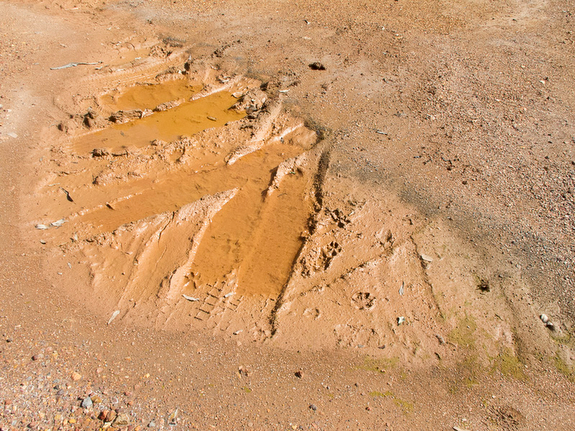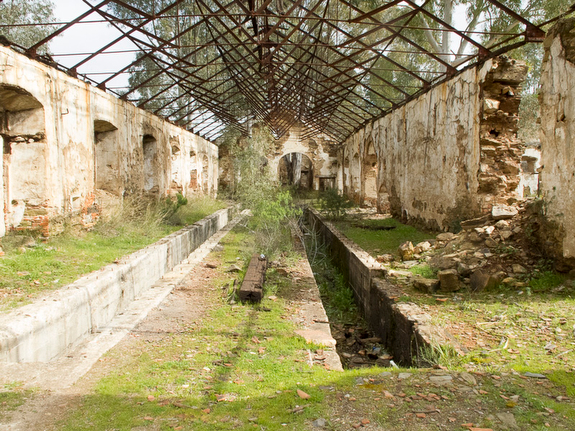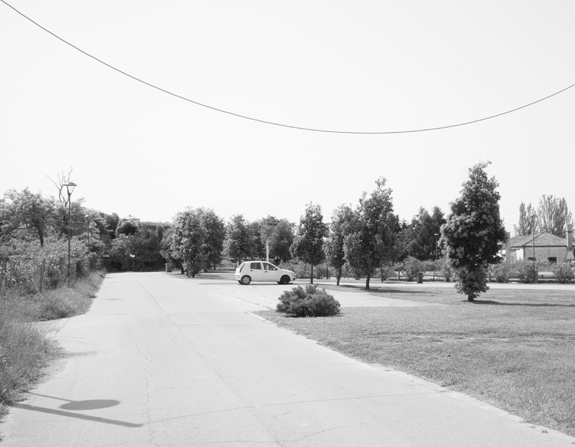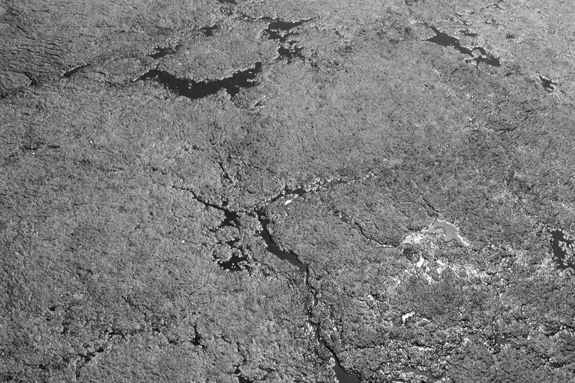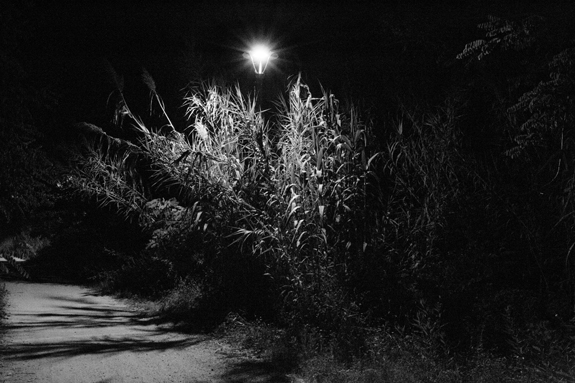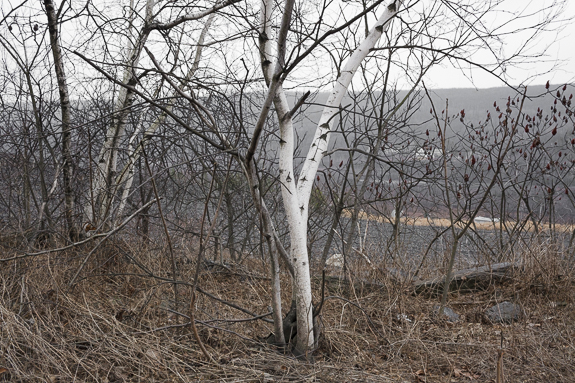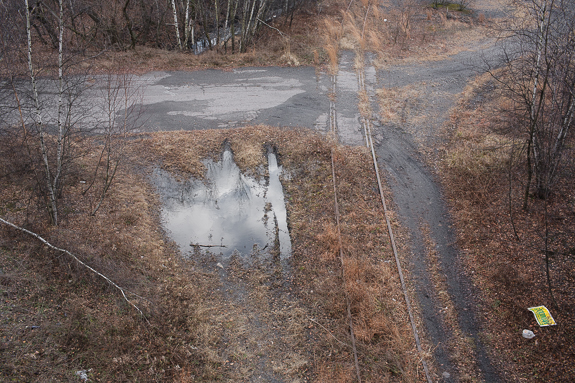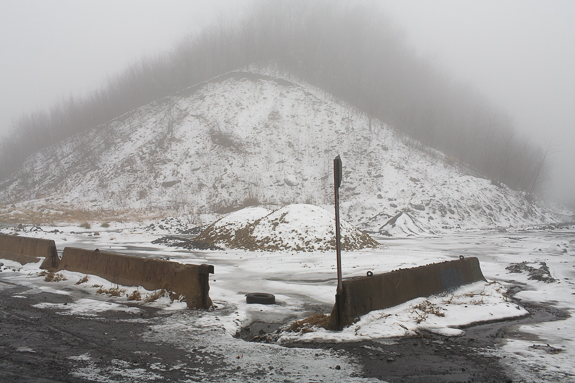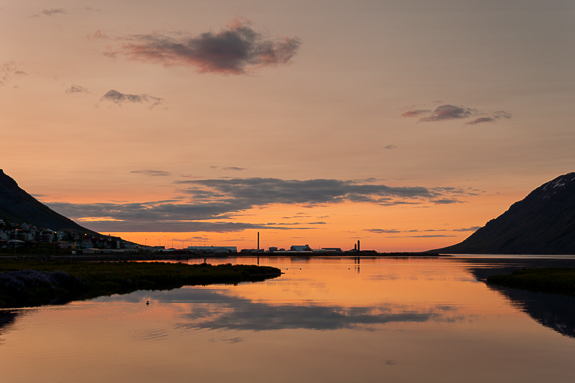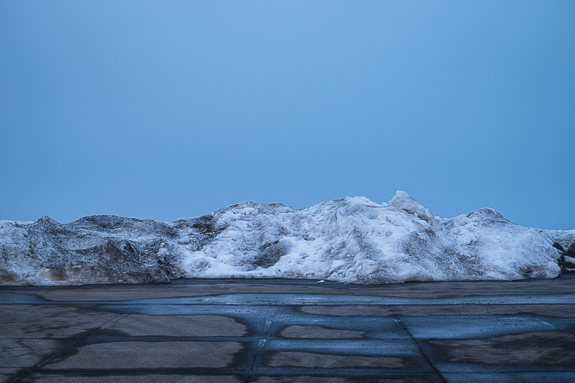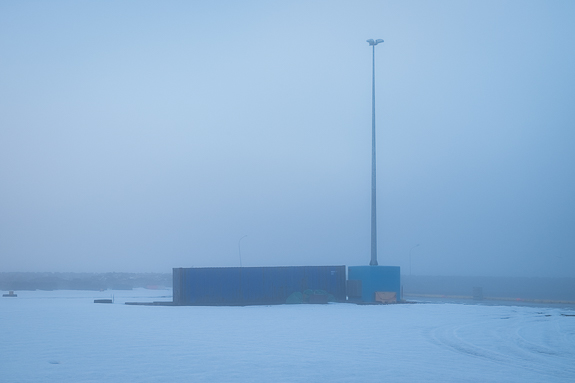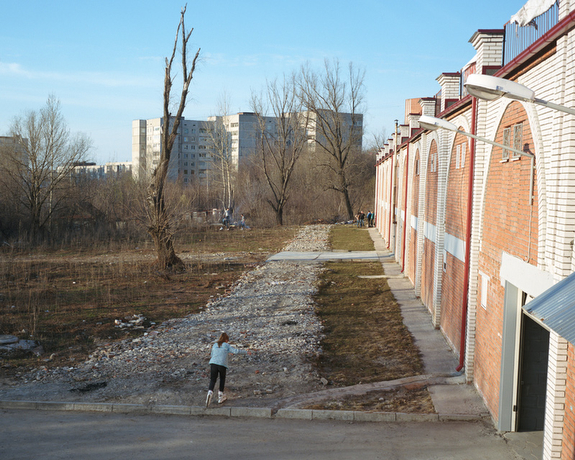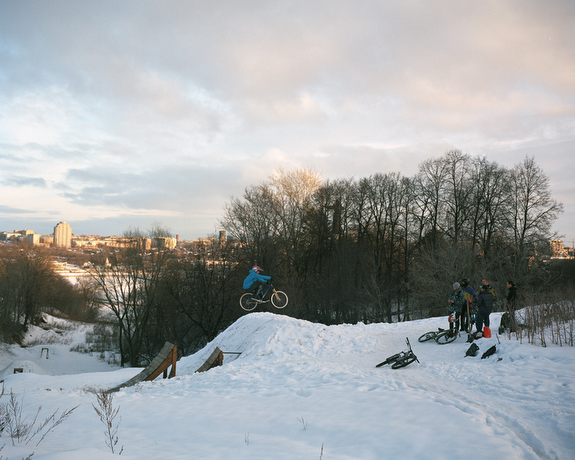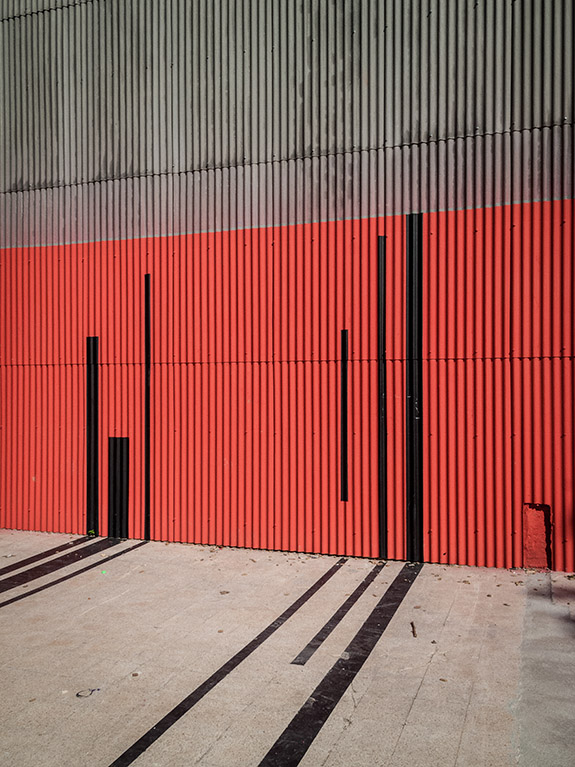
I’m interested in exploring the possibilities of the medium as a way to represent the passage of time and the changes in the landscape. I am very attracted by the power of photography to explain a concept without forgetting its evocative nature.
In Re-photographing Barcelona with Google Street View I intend to confront two archives of images. One historic, material and formed by the photographs taken by known photographers who have worked in the streets of Barcelona and on the other side another image archive, without authorship, immaterial and constantly updated.
As a result of overlapping both archives, we can show easily the evolution of a city and its history, the changes can be viewed more illustrative, but also represents a confrontation between the analog and digital photography.
— Pedro Arroyo, Barcelona, Spain
